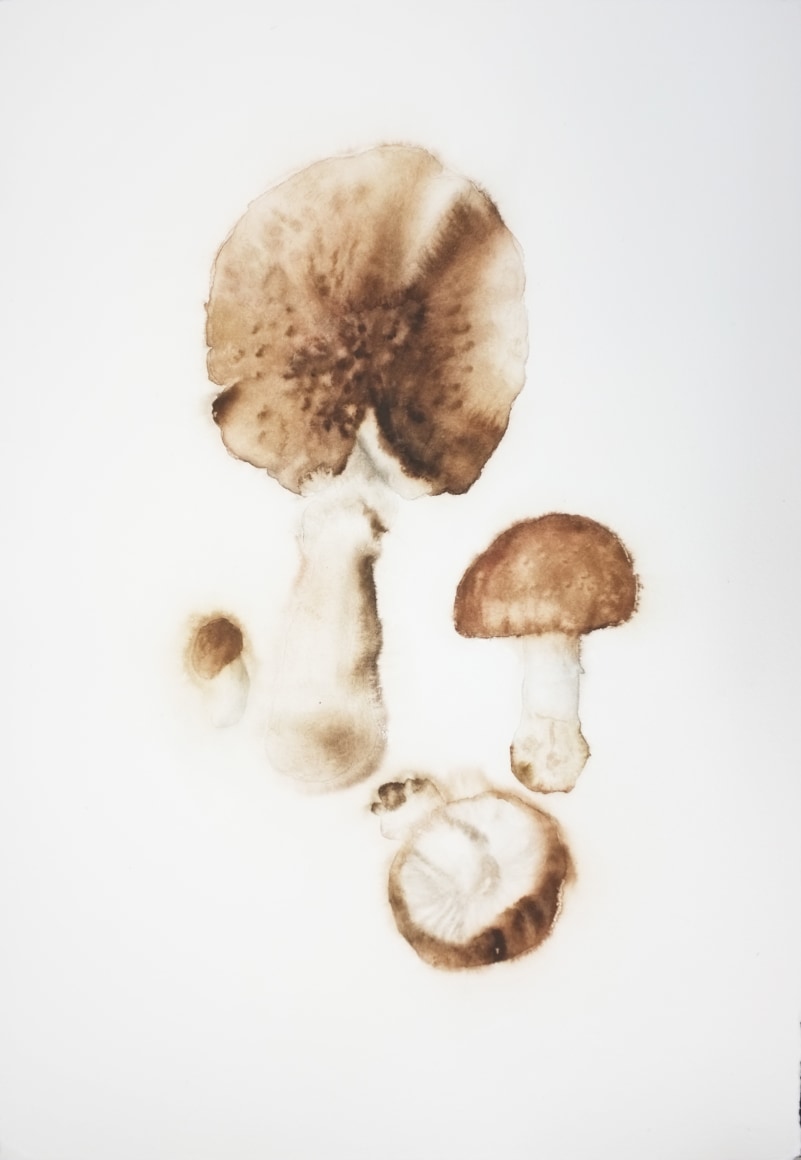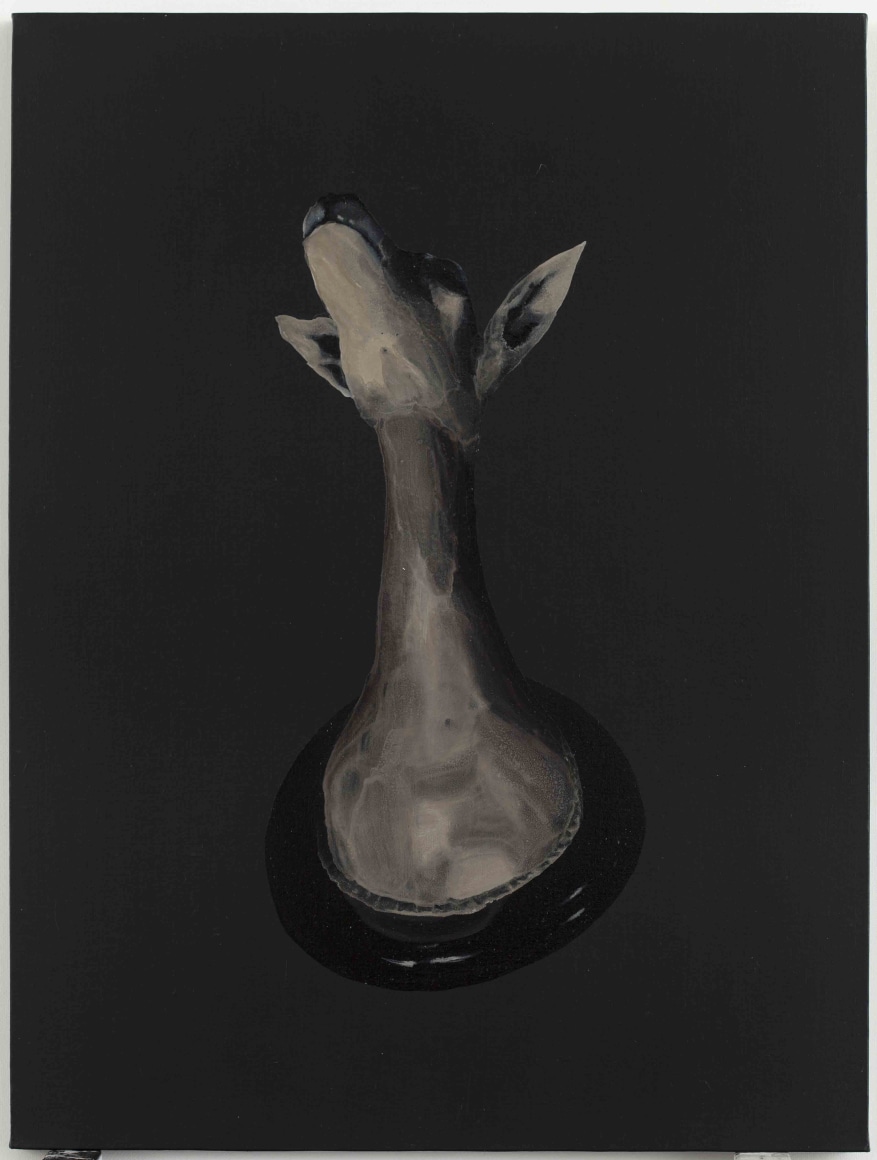Chambers Fine Art is pleased to announce the opening on September 6th of Guo Hongwei: Painting is Collecting III. In this exhibition Guo Hongwei turns away from the everyday objects such as paper cups and plastic bags that were the subject-matter of his works in Things, his first solo exhibition at Chambers Fine Art in 2009, to encompass natural history as it has been collected and classified in a systematic way since the early Renaissance period. Since the beginning of his career, Guo Hongwei has used oil painting and watercolor not in pursuit of a Realist enterprise but as a means of investigating the relationship between the objects he chooses to represent and the infinite possibilities of his media in all their unpredictability.
Insofar as he depicted objects that he owned or simply had lying around in his studio in the paintings shown in the 2009 exhibition and immediately after, Guo Hongwei’s works were to a certain degree autobiographical. With Painting is Collecting III, he moves out of the studio into a much broader arena that incorporates mankind’s curiosity concerning the world in which he lives and the classification and understanding of the relationships between the infinite variety of animals, insects, plants and minerals. Not only has he visited natural history museums and botanical gardens with their ancient herbaria, he has also read widely in historical literature and developed a keen appreciation of the artistry of botanical illustrators of previous centuries. From this vast amount of material, he has selected certain images that appeal to him as a result of their cultural patina and he has also created arrangements of his own that show his interest in tracking relationships between closely related forms.
Above all, however, it is his extraordinarily inventive handling of the watercolor medium that unites this body of work, whether the source of the imagery is historical or the result of close observation of objects he has collected himself. He does not use the pigment-loaded brush and its watery medium to create convincing simulacra of space as he did in earlier watercolors based on family snapshots but to establish discrete modules which take the form of flora, fauna and minerals.
Contrasting with the spaciousness of the watercolors in the main gallery, in which the objects he aligns are silhouetted on large sheets of white paper, are the canvases in his black-walled Wunderkammer. The enlarged snowflakes, crystals, and animal trophies that are the subject-matter of this group of paintings derive from Guo Hongwei’s fascination with the sublimity of the natural world. As with the watercolors, the fascination of these paintings derives from the encounter between the molecular structure of the subject matter and the unpredictable behavior of the varnish mixed with white pigment used to create them.
For Painting is Collecting III, Guo Hongwei has transformed the galleries of Chambers Fine Art into a hauntingly beautiful reflection on mankind’s need to classify, preserve and depict, to pin down the qualities of living forms whether in watercolor on paper or in the vitrines of a natural history museum.
在这个以纸上水彩为媒介的个展中,郭鸿蔚将着眼点从上一次个展《东西》中由多种绘画媒介呈现的纸杯、塑料瓶等日常事物滑向了自文艺复兴以来以收集和分类为方法而体系化的自然历史。从其早期的工作开始,他的绘画并不是去追寻现实主义,而是研究他选择的那些物体和媒介间的关系,并探索其无限可塑性。
在《收集者》中,郭鸿蔚将画廊空间转化为一个戏说人类对分类、留存和描述的标本馆;不论是橱窗中展出的标本还是纸上的水彩作品,都呈现了生命最常态的本质。



